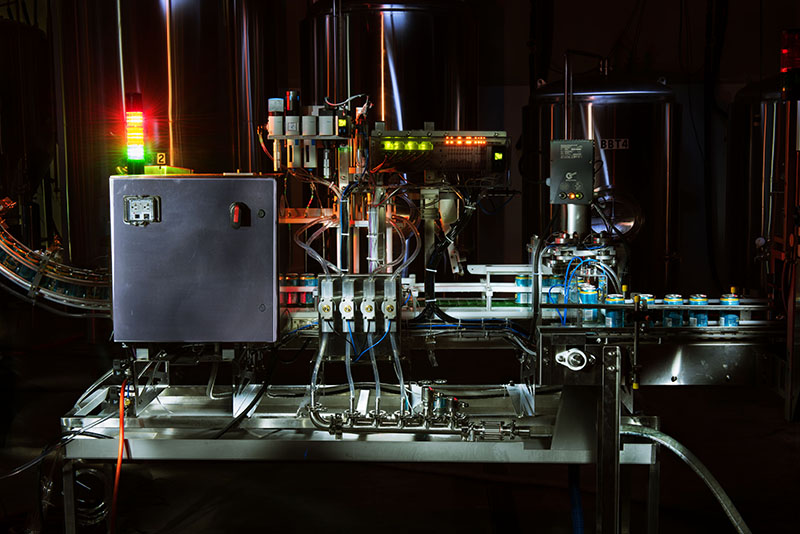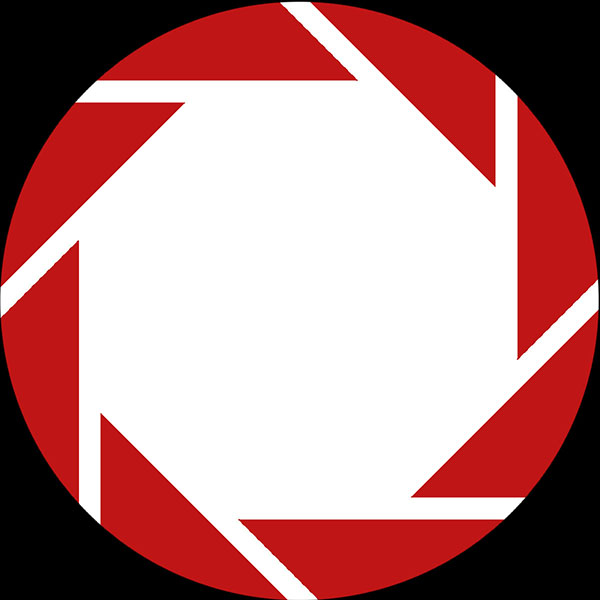My last post where I brought out my handy flashlight to illuminate my subjects face during a long exposure made me remember this shot that I did a while ago. It was for a commercial client of mine Wild Goose Canning who makes canning lines for craft breweries. They needed something cool for advertising but the problem is that the machines are designed for function and not at all for appearance. The problem was: how to make a bunch of stainless steel bars and boxes look interesting especially when they are always seen in locations that are mostly stainless steel. Answer? Light paint that sucker!
So off I went to San Diego in December to shoot the install of a new system showing the set up of the system in both stills and video. The plan was that once the system was installed to do some photos for future advertising. We did a bunch of stuff that worked fine but my big idea was to light paint the system because it would give a look that 1) would be neat-o and 2) would show their canning line in a way that was half sci-fi and half “playboy centerfold”.
The method is simple. Set up the camera on the tripd and line up your shot. Turn out the lights and leave the shutter open while you run around like squirrel on crack with a flashlight adding in the light with brush strokes of your flashlight or in my case three different ones for different effects. It’s a trial and “ooo, THAT didn’t work” process but once you get the hang of it it goes pretty easily. I’ve often said that photography is very much a performance art as you are constantly “in the now” and learning as you go: improvising like any good jazz musician does. Well let me tell ya folks light painting a big bunch of steel is very much like dancing while doing arithmetic at the same time.
Wha?
Yeah. Because you are trying to make interesting sweeps of light with your light “brush” but you are counting constantly in your head. “Slowly up the right side, one-two-three, now arch around to the display panel, one-two, open up the underside for a count of seven … ” like that. If you are really good you are keeping a total count for your total exposure that you’ve programmed into your camera. Most cameras only allow you to dial in 30 seconds of exposure and after that you need and external release or even better one that is programmable so that you can set it for whatever time that you need. In this case I was shooting tethered to my laptop using Nikon Camera Control Pro 2 so that my client rep could see on the bigger screen what we were getting. But that still doesn’t give me more than 30 seconds so I used my ancient Nikon MC-20 remote which allows me to program in a long exposure time. We found that about 1 minute 45 seconds gave me enough time to paint things in while not overly burning in the lights on the machine.
The end result is just what I had hoped for and the great thing is that this is straight out of the camera even though it looks “shopped” to heck.


